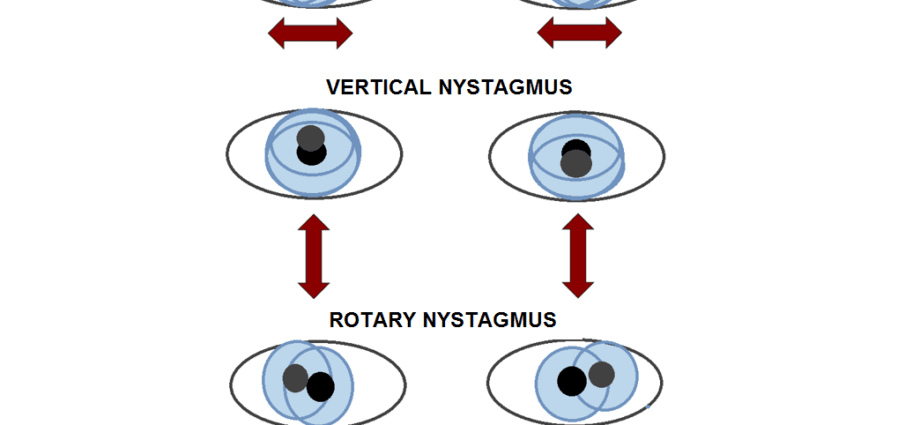What is nystagmus?
Nystagmus is an involuntary rhythmic oscillatory movement of both eyes or much more rarely of only one eye.
There are two kinds of nystagmus:
- pendular nystagmus, made up of sinusoidal oscillations of identical speed
- and spring nystagmus which has a slow phase alternating with a rapid phase of correction
In the vast majority of cases, nystagmus are horizontal (movements from right to left and left to right).
Nystagmus can be a normal sign or it can be linked to an underlying pathology.
Physiological nystagmus
Nystagmus can be a completely normal symptom. It is observed in people who are looking at images passing before their eyes (a traveler sitting in a train and trying to follow the images of the landscape passing in front of him). This is called optokinetic nystagmus. It is characterized by a series of slow jerks of the eye following the moving object and a rapid jerk that seems to recall the eyeball.
Pathological nystagmus
It comes from an impairment of the balance between the different structures responsible for the stability of the eye. The problem may therefore lie:
– at eye level
– at the level of the inner ear
– at the level of the conduction pathways between the eye and the brain.
– at the level of the brain.










